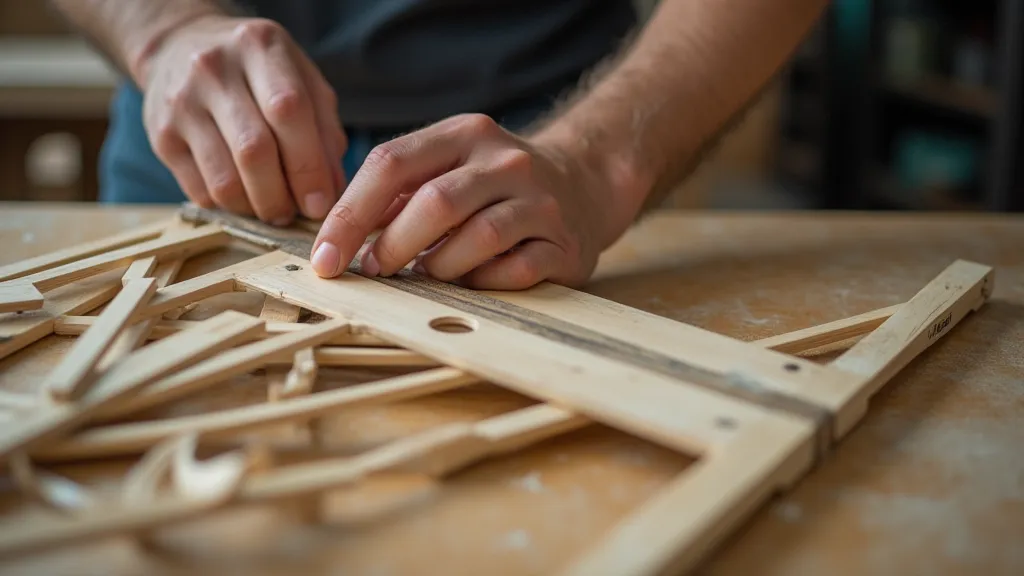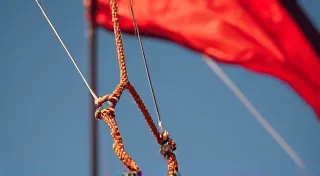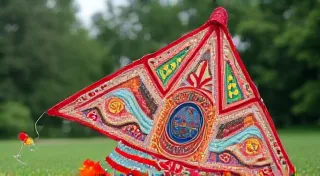The History of Kites: From Ancient China to Modern Innovation
Kites, those vibrant symbols of freedom and flight, have captivated humanity for millennia. Far more than just toys, they hold a rich and fascinating history deeply intertwined with Chinese culture, scientific advancement, and ultimately, artistic expression. Let’s journey back in time to explore the captivating evolution of kites.
Ancient Beginnings in China
The generally accepted birthplace of kites is China, with the earliest documented evidence dating back to around 2,800 years ago, during the Warring States period (475–221 BC). Initially, kites weren't for recreation. Their true purpose was practical and often military. Legend has it that the first kites were created by the Chinese philosopher Mozi (also known as Mo-tzu), who used them to measure distances.
Early kites were likely made from silk stretched over a bamboo frame. These were employed for military signaling, observing enemy formations, and even measuring distances. Some accounts describe kites used to deliver messages or even small, rudimentary bombs - a chilling demonstration of early ingenuity.

Over time, the practical applications expanded. Farmers used kites to gauge wind direction and predict weather patterns. Some believe kites were even used to test the strength of newly constructed bridges!
Spreading Across the Globe
The Silk Road played a pivotal role in the spread of kites beyond China. By the 13th century, kites had made their way to Japan, Korea, and eventually, Europe, thanks to Marco Polo’s accounts and subsequent trade routes.
In Europe, kites initially met with skepticism. Some considered them frivolous, while others saw their potential for scientific investigation. Benjamin Franklin famously used a kite during a thunderstorm to demonstrate the electrical nature of lightning, a groundbreaking experiment that advanced scientific understanding.
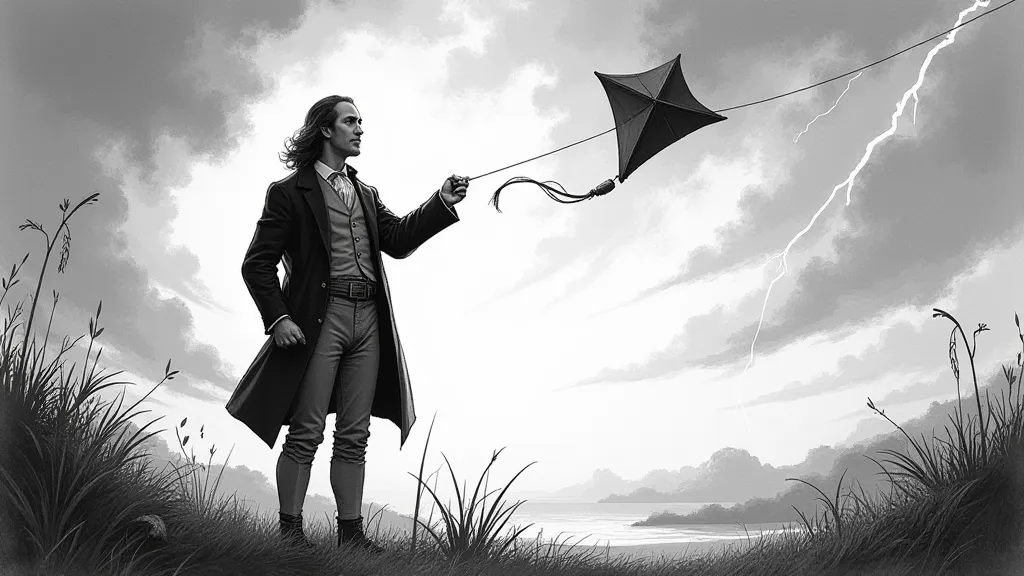
The Kite Renaissance & Modern Innovation
The 19th century witnessed a “kite renaissance” in Europe and the United States. Commercial kite making began, and new designs emerged – box kites, cellular kites, and eventually, the familiar diamond-shaped kite we often see today.
The 20th and 21st centuries have seen an explosion of innovation in kite design. Modern materials like ripstop nylon and carbon fiber have revolutionized kite building, allowing for lighter, stronger, and more complex kites. We now see kites in a vast array of shapes, sizes, and functions – from elaborate stunt kites to massive inflatable structures.
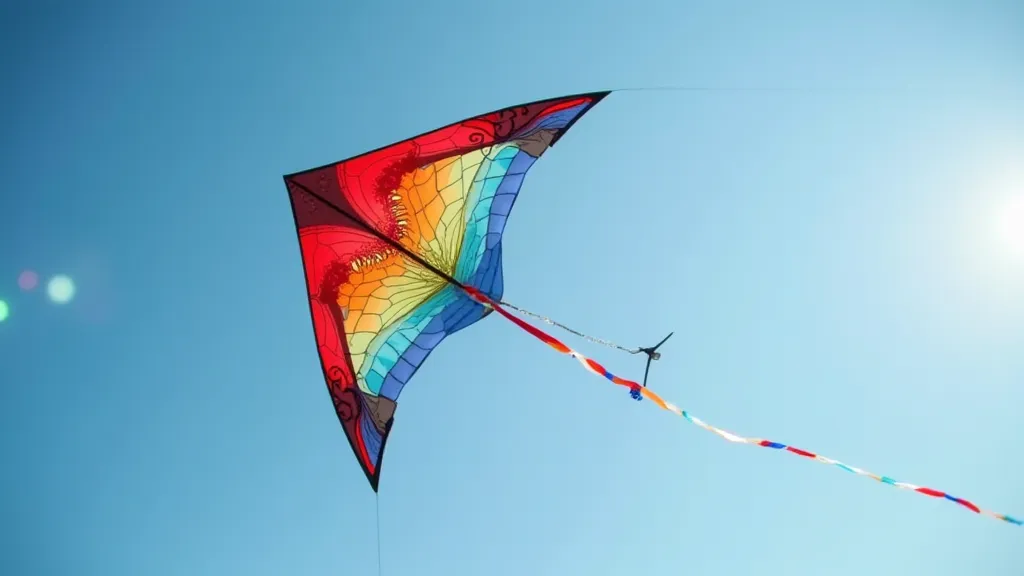
Kites Today: A Blend of Tradition and Technology
Today, kite flying remains a beloved pastime for people of all ages. From simple diamond kites to incredibly intricate creations, the history of kites demonstrates humanity’s enduring fascination with flight and a knack for finding creative solutions. Whether you’re a seasoned kite maker or a curious beginner, the story of kites is a reminder that simple pleasures can have profound origins and limitless potential.
